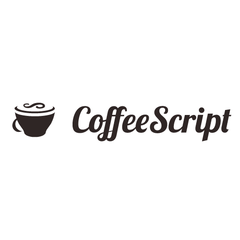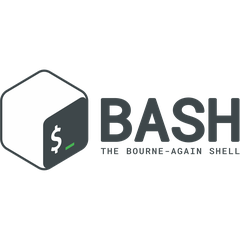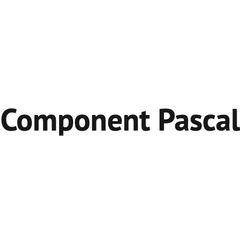
Assembly
Assembly is a low-level programming language that directly interacts with computer hardware. It uses symbols and mnemonic codes to convey precise instructions to the processor, allowing developers to optimize performance and resource access. This efficiency makes Assembly essential for critical applications requiring speed and hardware control, enhancing overall software performance.
Top Assembly Alternatives
Less
Less is a powerful extension of CSS that enhances styling by introducing features like variables, mixins, and nesting.
Assembly
Assembly is a low-level programming language that directly interacts with computer hardware.
Less
Less is a powerful extension of CSS that enhances styling by introducing features like variables, mixins, and nesting.
C
Open source C Software offers a diverse collection of projects, allowing users to filter by operating system, license, and project status.
CoffeeScript
CoffeeScript simplifies JavaScript by uncovering its elegant essence while maintaining a one-to-one compilation into standard JS.
C
Open source C Software offers a diverse collection of projects, allowing users to filter by operating system, license, and project status.
SQL
It empowers developers and database administrators to execute complex queries, ensuring data integrity and streamlined...
Vyper
Emphasizing safety and auditability, it incorporates features like bounds checking, strong typing, and pure functions...
SQL
It empowers developers and database administrators to execute complex queries, ensuring data integrity and streamlined...
Ring
It is designed for simplicity and flexibility, enabling rapid application development across platforms like Windows...
Kaboom
Users can explore their creativity in the Playground or experiment with built-in examples, making game...
Component Pascal
Designed as a superset of Oberon-2, it emphasizes block structure and object-oriented principles...
Top Assembly Features
- Low-level hardware control
- Efficient memory access
- Direct processor instructions
- High-performance optimization
- Symbolic representation of commands
- Fine-grained resource management
- Cross-platform compatibility
- Real-time system interaction
- Minimal overhead execution
- Debugging support features
- Customizable code optimization
- User-defined macros and functions
- Streamlined assembly syntax
- Access to CPU registers
- Inline assembly integration
- Lightweight runtime footprint
- Support for embedded systems
- Integration with higher-level languages
- Rich development community
- Extensive documentation and resources








